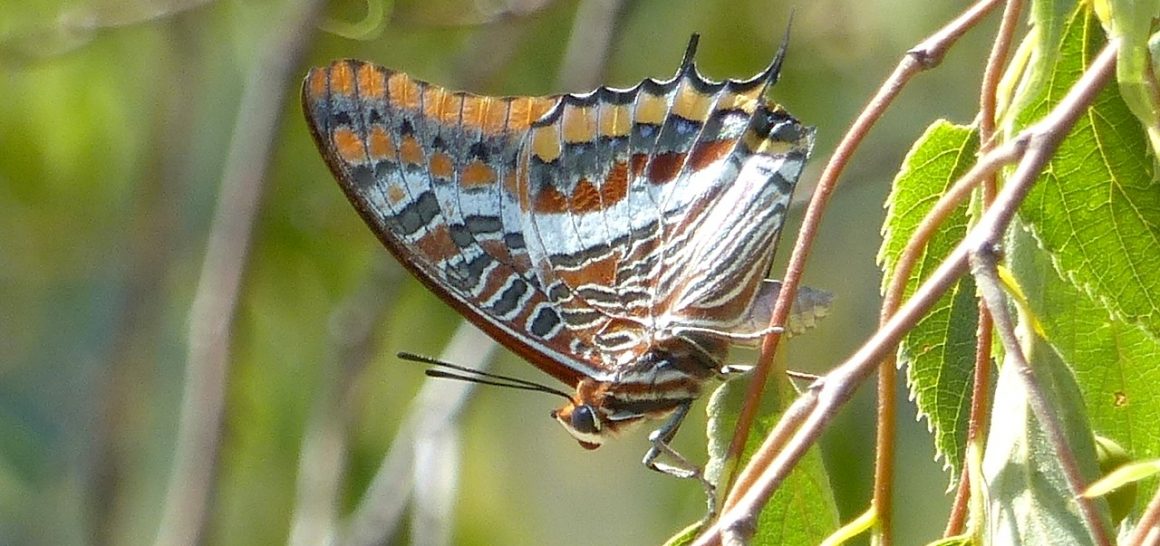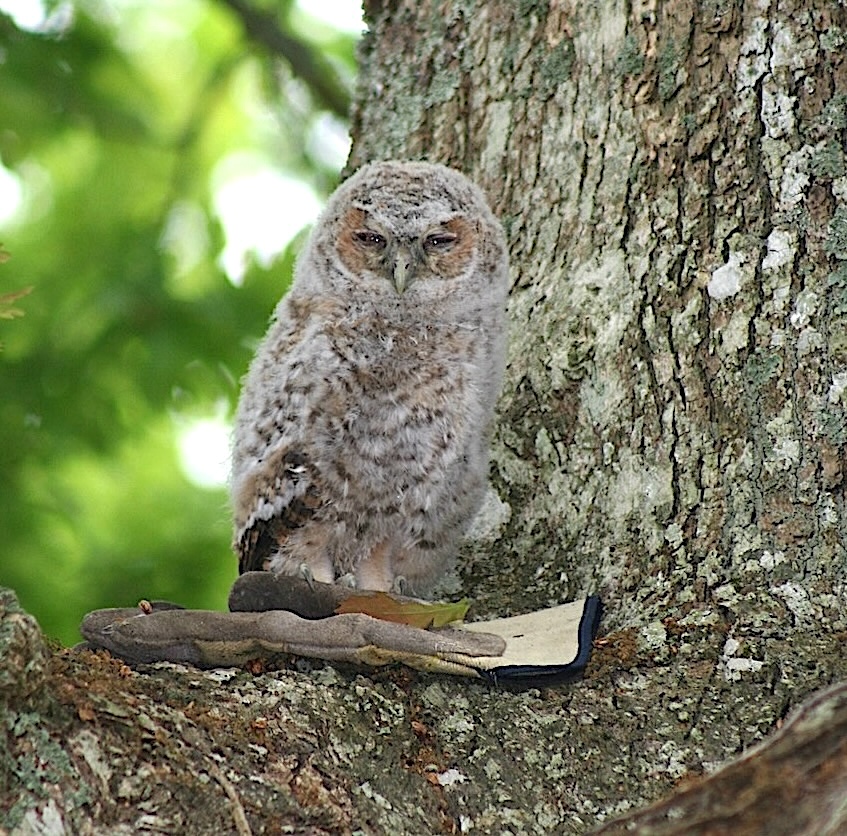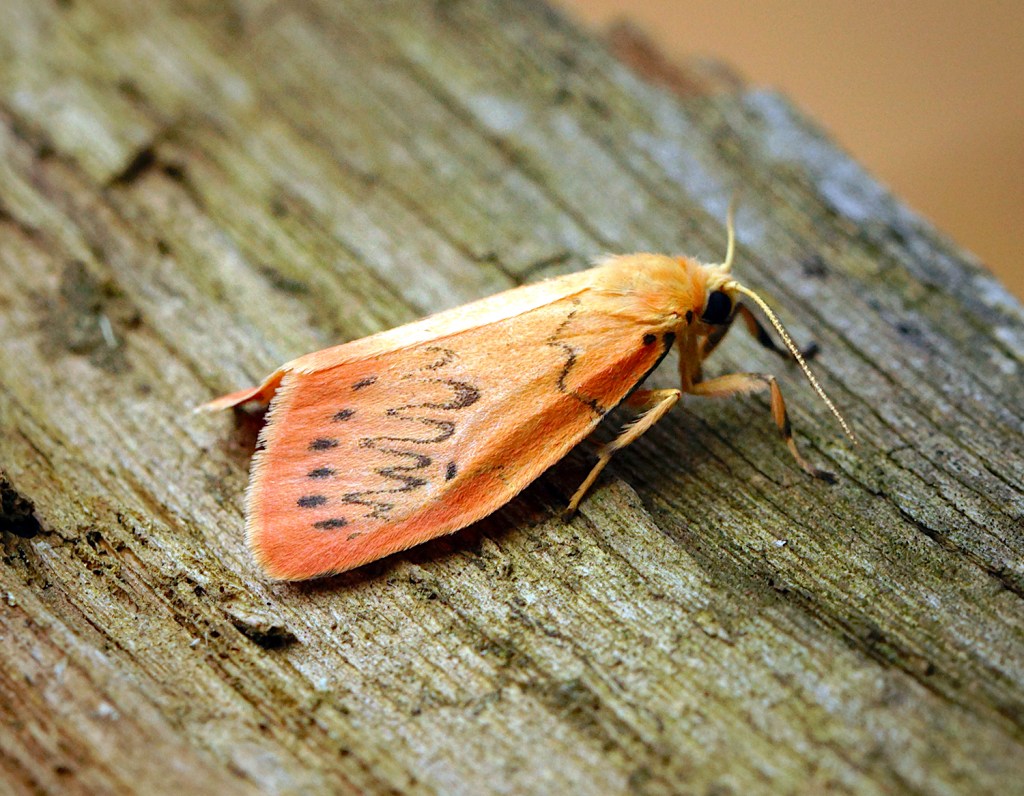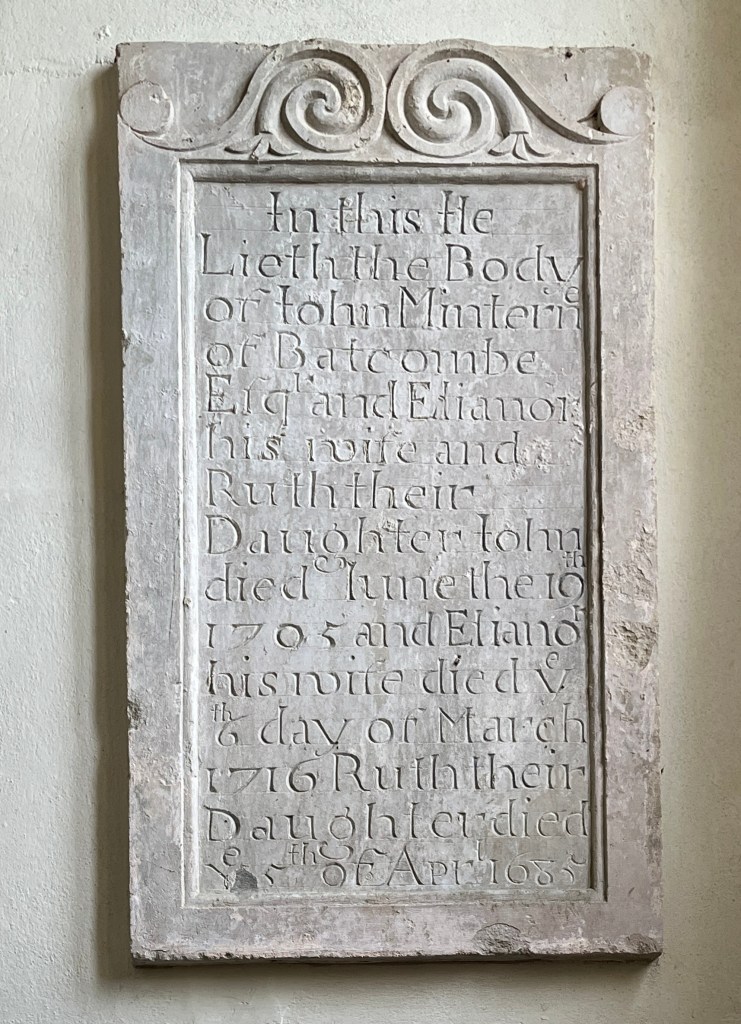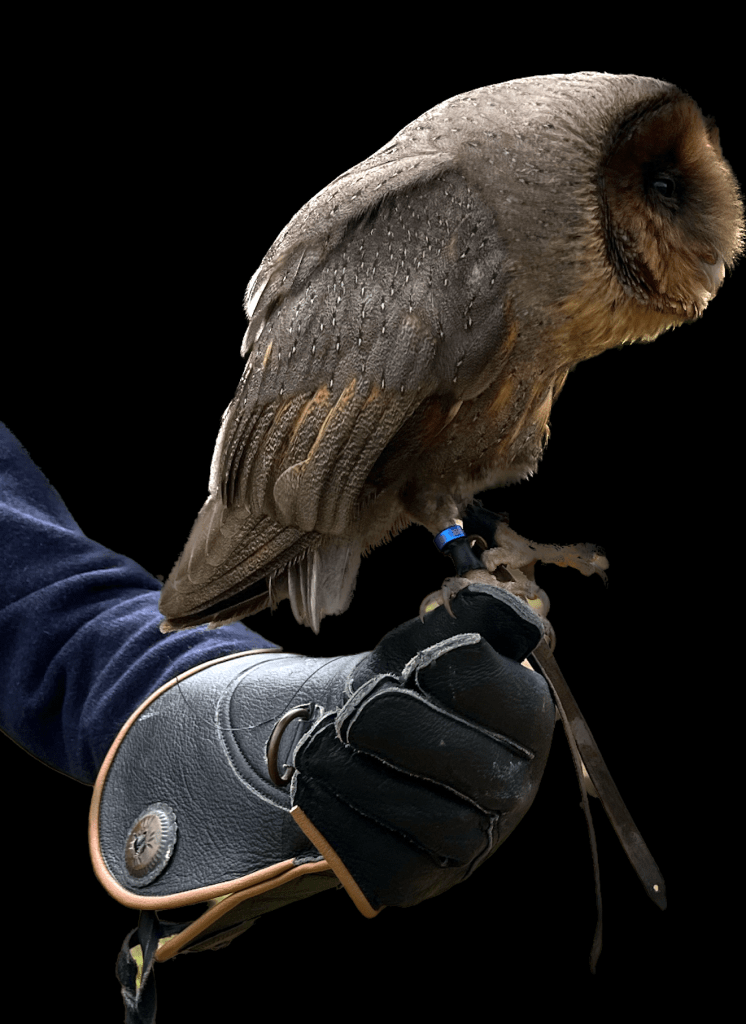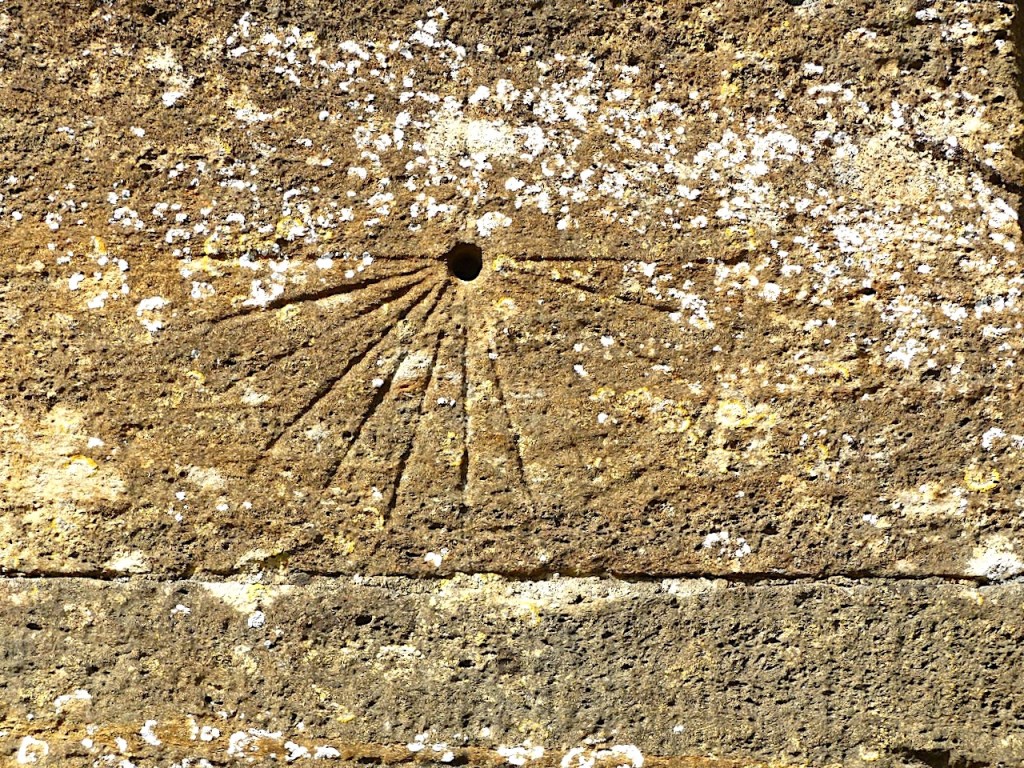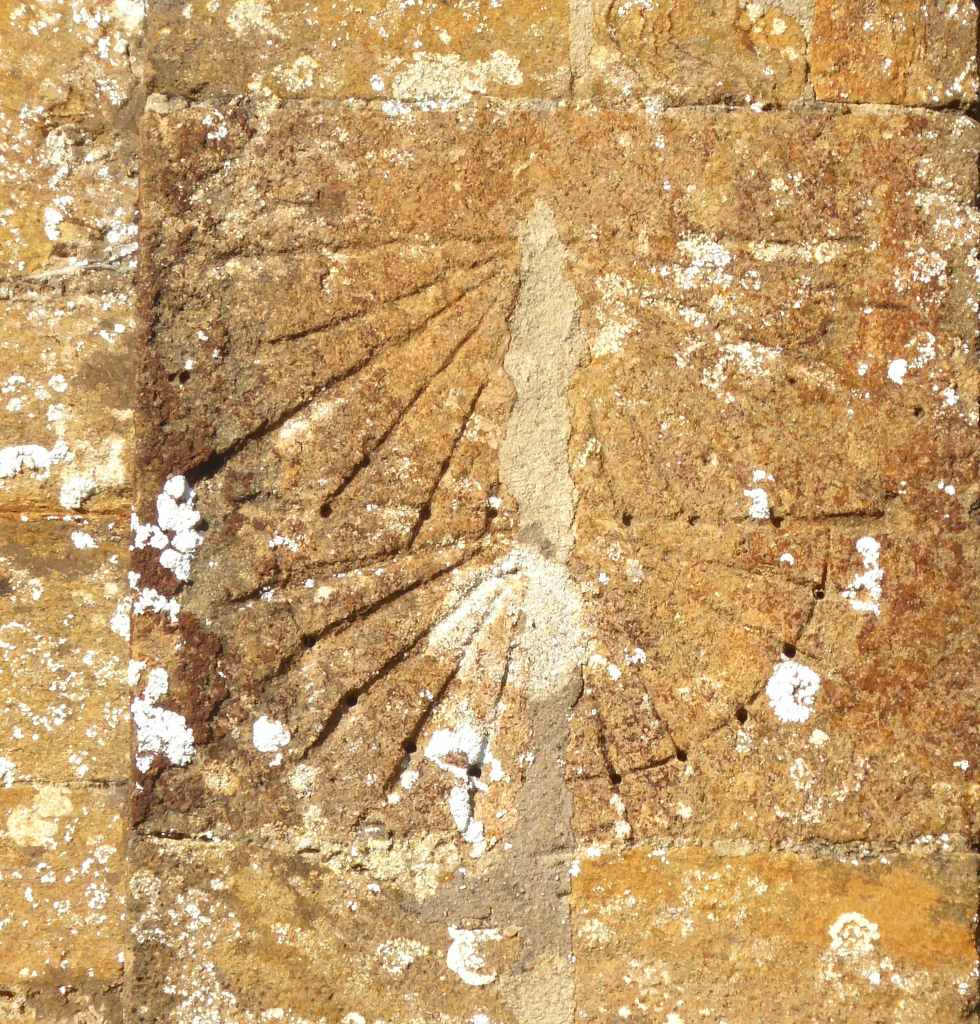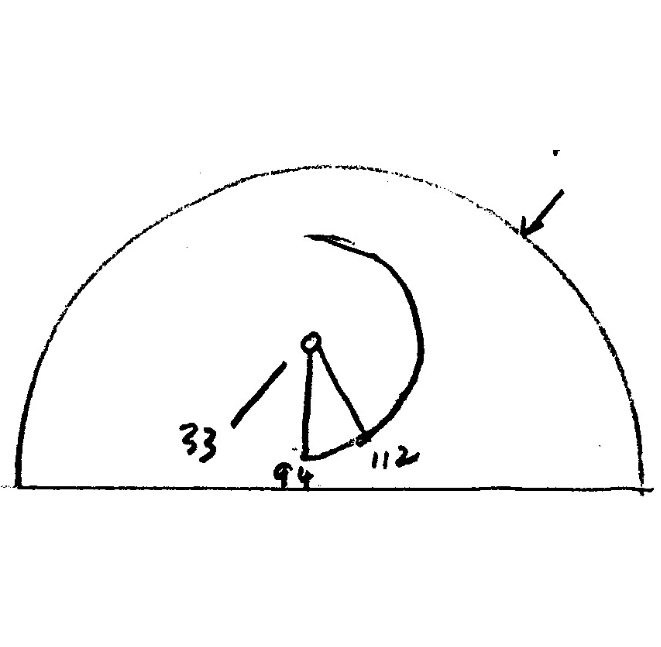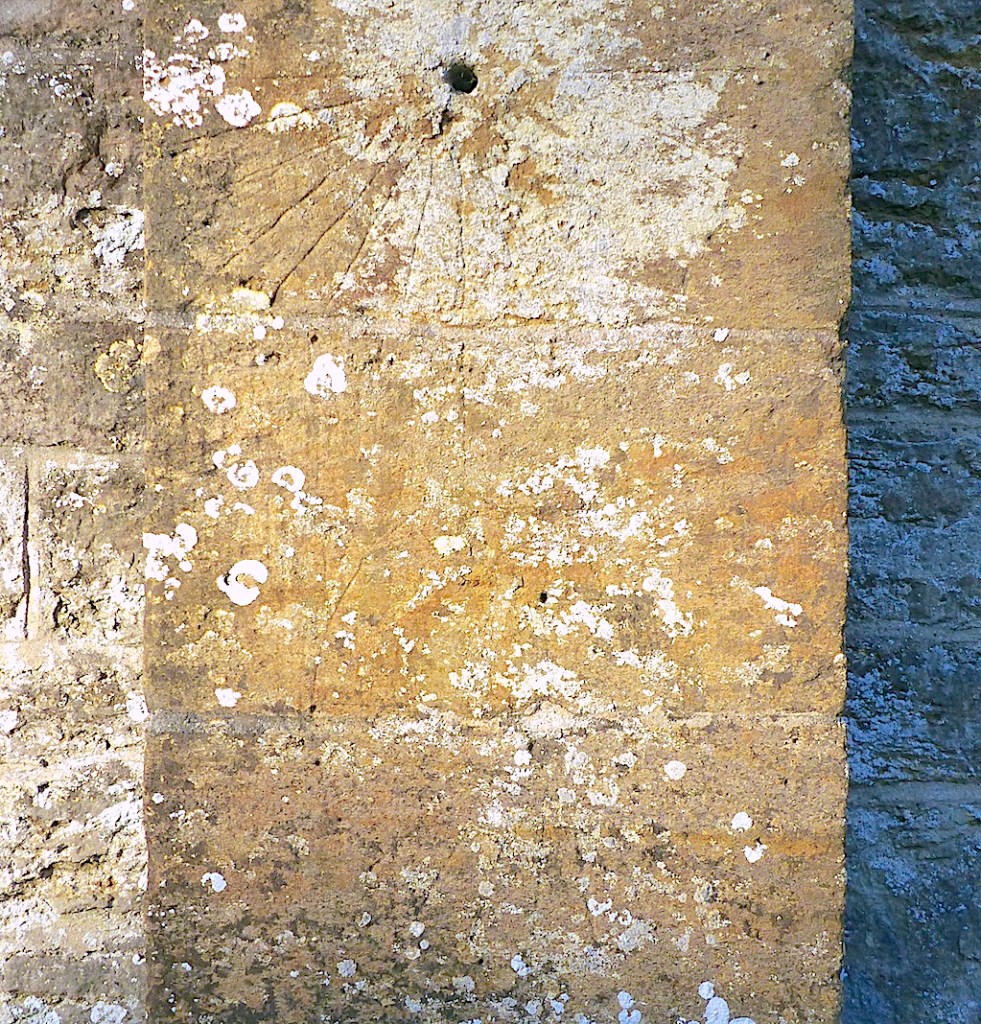
Category: DORSET
OWLET RESCUE
THE STING
ROSY FOOTMAN MOTH Miltochrista miniata
MEMORIAL TABLETS . ST MARY . BATCOMBE . DORSET
TORTOISESHELL
DUCKLING . BROWNSEA ISLAND
AMAZING…
Amazing! Despite my rather feebly apologetic post bemoaning my own indolence in letting this site slide towards oblivion, erstwhile followers have kindly rallied round with some likes and comments. Completely undeserved, but for which many thanks indeed.
So here in return is Ebony, the very rare black barn owl that I was lucky enough to fly last summer. Definitely a top 5 experience for the year. Maybe it’s the start of a minor blog resurrection…
MEDIEVAL SCRATCH DIALS ON DORSET CHURCHES
Medieval scratch dials were cut into the stones of churches from Saxon times until around 1600, by which time they had been outcompeted by clocks. In the briefest summary, these scratch (or Mass) dials were primitive ways by which a medieval community, mostly uneducated, could tell or (more accurately) keep the time. All that was needed was a hole, a stick, a nail and some sunshine.
The concept of time as we know it did not exist early medieval times. Days were measured by the passage of the sun. Each community would have had its own daily rhythms. The earliest primitive scratch dials on country churches were the first public indicators of the day’s progress, and (later) the times of Mass. Designs gradually became more ambitious and elaborate. Scientific advances produced more technical and accurate dials, for example by graduating the space between the lines (radials) to allow for the declination of the sun; or bending the gnomon to adjust for latitude. Some later dials include decorative details. There’s a great deal more to be said on the topic, and some of it can be found at a new project called GAUDIUM SUB SOLE
Dials are often eroded, damaged, or both
The central hole for the gnomon (or ‘style’) is frequently filled in
Dials, for obvious reasons, are most usually found on the south side of a church. Favoured locations are the porch, the priest’s door, and a S. or SW. facing buttress. In some cases – especially on buttresses – more than one dial was incised. St Mary Bradford Abbas has an unusual example of large, similar dials overlapping. Repairs, as here, are often unsympathetic.
The second image shows a previously unrecorded dial, inverted, that I noticed high up on a corner tower. Stones with dials were often relocated as churches were reshaped and expanded. There’s a good example at CHARMINSTER. I’m beginning to suspect a correlation between a relocation and an inversion, almost as if to make clear the repurposing of the stone from time marker back to masonry.
A significant number of churches have multiple dials. Winterbourne Stoke (Wilts) has between 8 and 12, depending on individual interpretation. Some, including me, are keen to view any round hole as a potential style hole; and any random straight incision as a radial. Multi-dial churches are worth a close inspection. Rimpton has 4 recorded dials: I have visited twice recently and there are undoubtedly 2 more.
St Laurence, Holwell has 3 dials in a group on a buttress. Two are quite large and sophisticated. In the top half of the faintly encircled lower dial, there’s a small more rustic dial as shown in the diagram above (you can just see the style hole on the photo)
All six churches featured here are in the Three Valleys Benefice
Photos: Keith Salvesen sundails@gaudiumsubsole.org
GARGOYLES . ST ANDREW . YETMINSTER . DORSET
Three excellent gargoyles at the Church of St Andrew, Yetminster, where I was photographing scratch dials and medieval graffiti. There is one gargoyle at each corner of the C15 tower (the fourth was in shadow). These ‘grotesques’ were decorative in its broadest sense, and (unlike the similar hunky punks) also functional. One practical use for a gargoyle – the most usual – was as a water spout. An additional purpose was to protect the church and its precincts by repelling evil. Broadly speaking, the message they gave malevolent spirits was both ‘thou shalt not pass’ (protective) and also ‘get thee hence’ (repellent).

Most gargoyles represent creatures. Some are recognisable (usually with added malice); and others are completely monstrous. Some have both animal and human attributes. There may be disagreeable activity taking place or threatened. Good examples are the two below. In each a small human is attached to a large vicious beast, and in grave peril. In the first, a man is uncomfortably slung below the fanged beast, assessing the very long drop to the ground. In the other, the beast is equally scary and the man, semi-attached, is equally terrified. What evil spirit would take a risk with hexing this awesome (in its original meaning) church?

There’s one additional feature that I noticed only when I saw the images onscreen. In the first, the little man’s penis can be seen, and is obeying the law of gravity. The second it is not so clear-cut (as it were), but the bulge in the groin area may suggest a small and better endowed man. The display of stone genitals on medieval church carvings was yet another way in which evil could be held at bay or sent packing. The sheela-na-gig is the distaff example of the principle.

